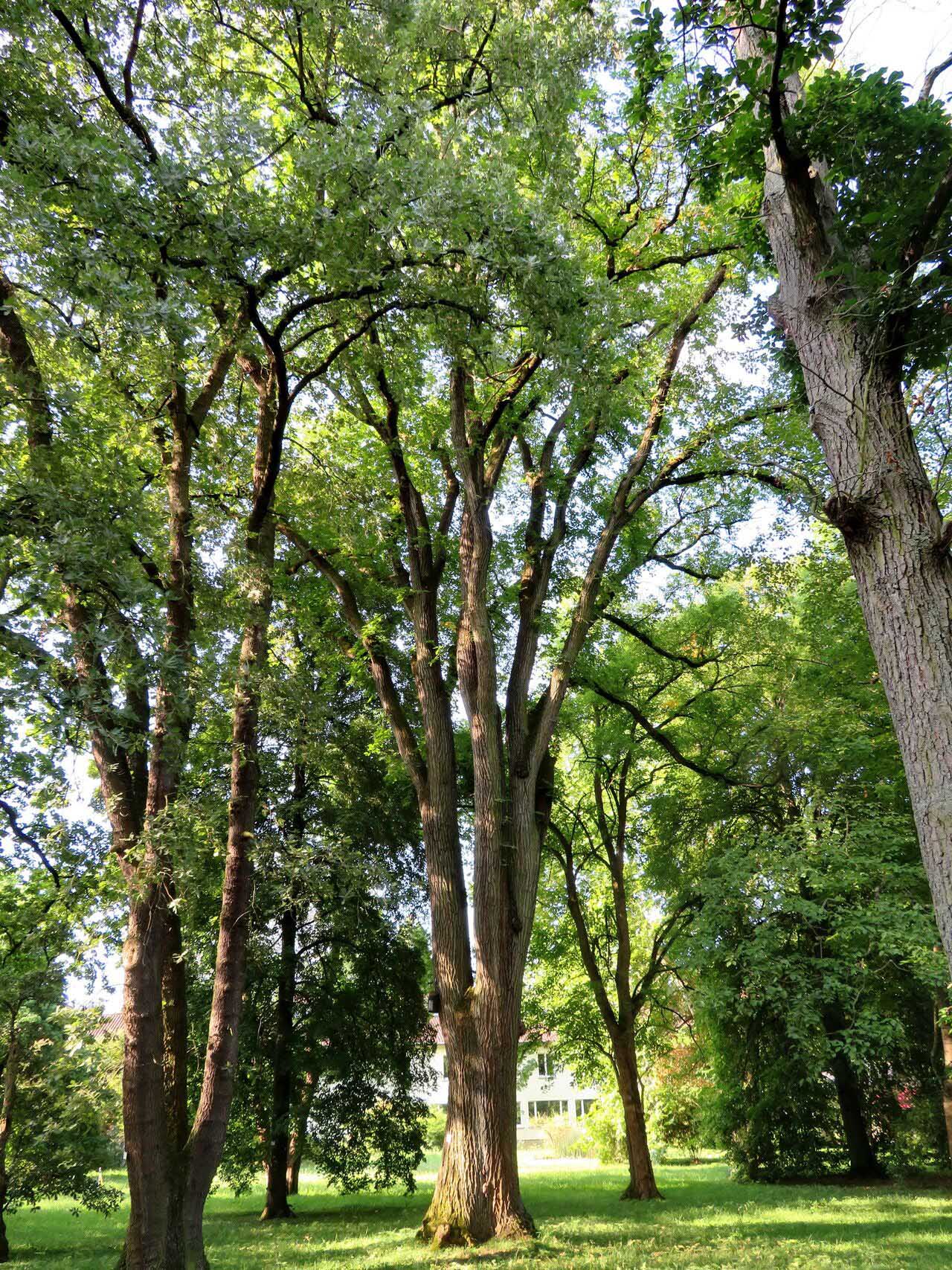American Elm
Ulmus americana
Overview
The American Elm tree has dark gray, ridged bark and can grow 80 to 100 feet tall. The American Elm species is native to the Chicago area. The wood from the tree is often used when constructing boats and farm buildings due to its durability, especially underwater. Its leaves are doubly toothed and lopsided at the base.
Cultivation
The American Elm tree is often cultivated for its vast height and attractive foliage. It prefers full sunlight to grow. In terms of soil, it prefers it moist and well-drained. However, it can tolerate, alkaline or clay soil as well. The tree grows primarily in the Spring time.
Biodiversity Sustained
The American Elm attracts butterflies, beetles, and many species of moths. The Elm is unfortunately prone to diseases like the Dutch elm disease, caused by bark beetles, which has substantially reduced American Elm populations throughout North America.
On Xavier's Campus, over the Next Decade, this Tree will:
Stormwater Runoff Intercepted: 15,690 Gallons
CO2 Reduction: 2,780 lbs
Electricity Savings: 300 kilowatt/hours
Environmental Benefits (in US dollars): $430
